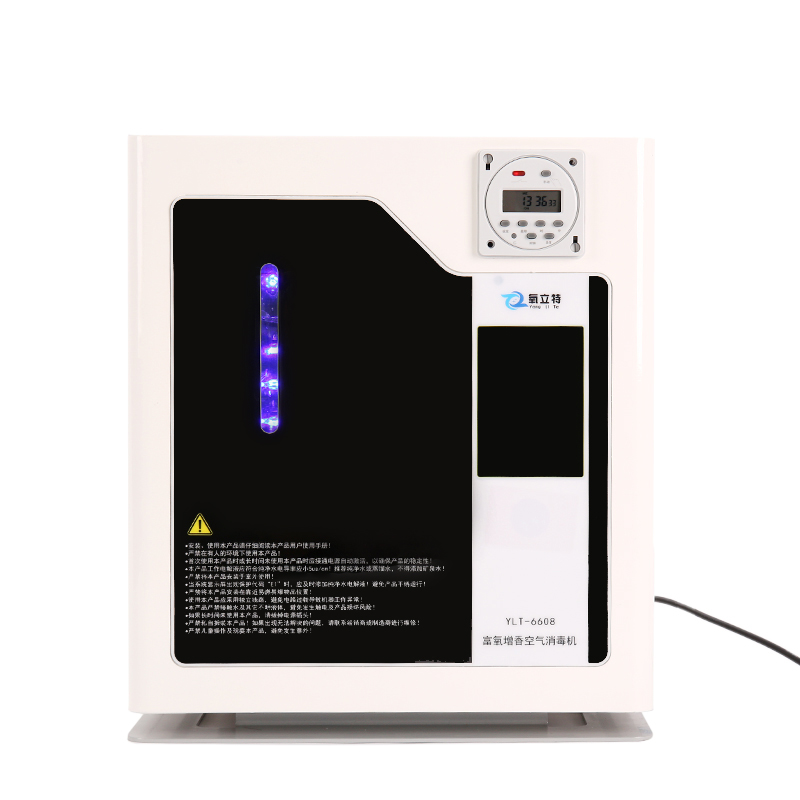The elderly population often resides alone, and a significant portion, 55.5%, express their willingness to retire in healthcare institutions, indicating that healthcare will become the dominant trend in the future. However, numerous challenges persist regarding commercial healthcare facilities for the elderly, including service provisions, accessibility features, and the need for elevator renovations. These issues directly impact the quality of life for older individuals.
Moreover, apart from facility-related concerns, there is a notable problem associated with the aging living environment – poor indoor air quality. This is evident through the presence of distinct indoor odors commonly associated with “old-people.”
What is “Old-people” smell? What are the causes?
The “old-people” smell, also known as the smell of aldehyde, bears a resemblance to the taste of oil. This similarity arises from the presence of aldehydes, which are closely associated with fatty acids and lipid substances, imparting an oily taste. Although this smell is easily recognizable in a crowd, it is not generally considered unpleasant.
The decline in physical functions is closely linked to the aging process. As individuals grow older, their urinary, digestive, and reproductive systems gradually deteriorate, leading to various issues such as urinary incontinence, impaired gastrointestinal function, and prostate disease. If elderly individuals have urine stains, secretions, or other bodily fluids on their bodies, they emit a distinct odor.
The primary cause of the “old-people” smell is the increase in 2-nonenal substances. As the antioxidant substances in the skin diminish with age, dead skin accumulates and continuous secretion of 2-nonenal occurs on the skin’s surface, resulting in body odor.
People are often reluctant to confront the aging process, not because they fear aging itself, but because they find the associated problems troublesome. The “old-people” smell is one of the more noticeable challenges. Scientifically transforming the living environment to accommodate aging, improving facilities, and enhancing indoor air quality are crucial aspects of every elderly care project. These measures enable the elderly to enjoy a truly high-quality life and achieve comfortable living conditions.
How to scientifically manage the “Old-people” smell and provide a high-quality residence for the elderly?
Extensive research findings confirm the presence of the main component responsible for the formation of the “old-people” smell, namely 2-nonenal. In individuals over the age of 40, particularly middle-aged people, the gradual depletion of antioxidant substances on the surface of their bodies leads to the accumulation of 2-nonenal secretions on the skin, ultimately resulting in the development of the aging odor.
2-Nonenal, classified as an aldehyde substance, exhibits reducibility. Currently, one relatively safe and effective treatment method involves ozone decomposition. The reaction formula can be represented as follows: C9H16O+O3=C9H16O2+O2. When 2-nonenal reacts with ozone, it produces unsaturated fatty acids and oxygen, without generating any harmful substances. This treatment approach boasts advantages such as low cost, significant efficacy, and a high level of safety.
What is ozone?
Ozone is an allotrope of oxygen, represented by the chemical formula O3. It exists as a colorless gas with distinct characteristics, including powerful oxidizing properties. At room temperature, ozone can readily decompose back into oxygen. It occupies a relatively small proportion in the atmosphere compared to oxygen, but its presence is significant due to its thin concentration.
One notable feature of ozone is its unique odor, which sets it apart. It readily dissolves in water and undergoes decomposition easily, without generating any secondary pollution. This attribute stands as the primary advantage of applying ozone technology.
Ozone is highly effective in eliminating odors. Substances that tend to produce unpleasant odors contain active groups that are susceptible to chemical reactions, particularly oxidation. Leveraging the potent oxidizing properties of ozone, these active groups undergo oxidation, effectively eliminating the odors and adhering to the principle of deodorization. Additionally, ozone has the ability to prevent the reoccurrence of odors by creating an oxygen-rich environment. Through oxidation and deodorization, ozone inhibits the reappearance of odors, providing a long-lasting solution.
Ozone is generated directly from air through the process of electrolysis, resulting in an exceptionally low cost for utilizing ozone in deodorization. In contrast, certain chemical deodorants are consumables that not only come with a high price tag but also have extended self-cleaning cycles. Consequently, ozone deodorization offers several advantages over alternative methods, including enhanced efficiency, thoroughness, and cost-effectiveness. It outperforms other deodorization approaches by providing a more efficient and comprehensive solution while keeping expenses at a minimum.
Eliminating the distinct “Old-people” smell and fostering odor management awareness among the elderly is not only crucial for providing them with a comfortable living environment but also a vital element in enhancing their sense of dignity. Given the prevalent issue of aging in numerous countries worldwide, the need for effective odor management among middle-aged and elderly individuals is on the rise. Considering the current market landscape, ozone deodorization stands out as the most scientifically grounded and cost-effective method available. It addresses the demands of odor management for this demographic in a manner that is both efficient and economical.




